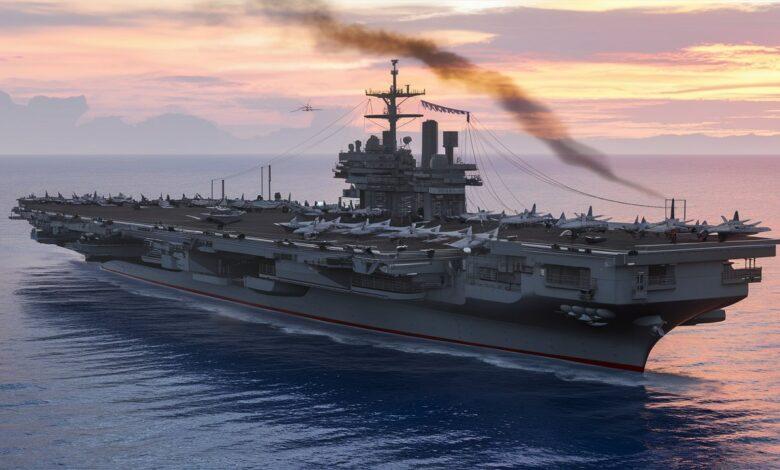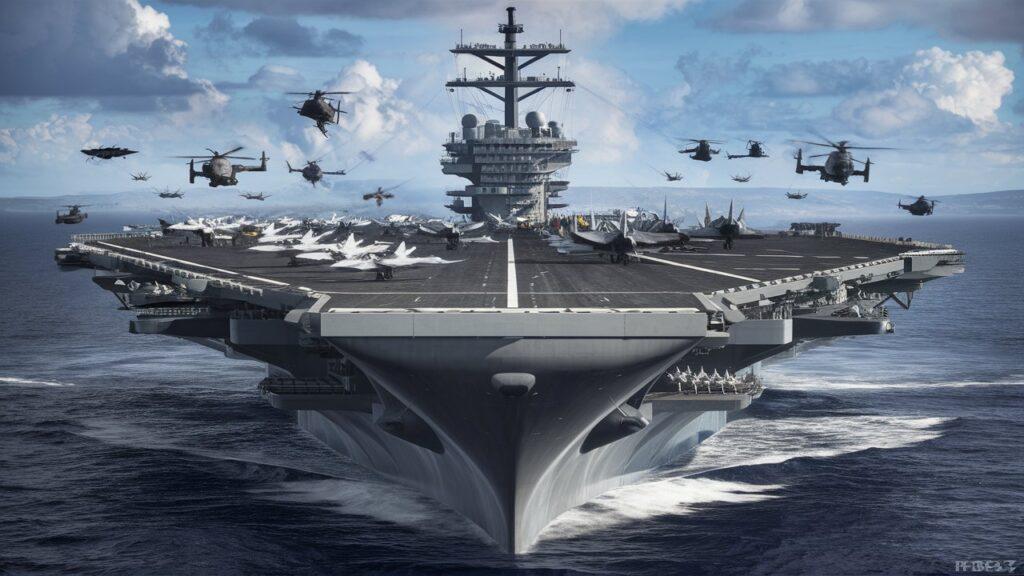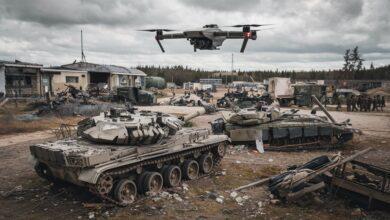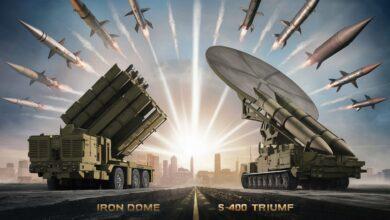Aircraft Carriers: A Guide to Seaborne Flying Fortresses

Introduction
An aircraft carrier is a massive warship designed to serve as a seaborne airbase, providing a platform for deploying and recovering aircraft. These floating fortresses are essential components of naval operations, enabling the rapid deployment of strike forces, reconnaissance missions, and air defense capabilities. In this article, we will explore the concept, history, and significance of aircraft carriers in an easy-to-understand format.
What is an Aircraft Carrier?
An aircraft carrier is a large warship specifically designed to serve as a seaborne airbase. It features a flat deck area that can accommodate multiple aircraft, catapults or ramps for launching planes into the air, and elevators to move them between the deck and hangar areas below. Additionally, aircraft carriers contain various support facilities such as workshops, storage spaces, and accommodation for crew members.

History of Aircraft Carriers
The concept of an aircraft carrier dates back to the early 20th century, with the United States Navy leading the way in their development and operation. During World War II, these powerful vessels played a crucial role in naval operations by enabling the rapid deployment of strike forces, reconnaissance missions, and air defense capabilities.
In the years since, other nations have also developed and operated aircraft carriers, with many countries within NATO and other alliances possessing these seaborne flying fortresses. As technology has advanced, so too have the capabilities of modern aircraft carriers, which now boast cutting-edge weaponry and sophisticated communication systems.
Why Are Aircraft Carriers Important?
Aircraft carriers are often considered the cornerstone of maritime power projection due to their ability to project airpower from a distance while remaining out of range of enemy forces. They enable naval forces to respond swiftly to crises, protect vital sea lanes, and provide support in conflicts or humanitarian missions around the globe.
Moreover, aircraft carriers serve as floating embassies, representing their nations on the high seas and projecting a strong presence worldwide. In times of crisis or conflict, these mighty ships can be counted on to project power and deter potential adversaries.
Conclusion
In summary, an aircraft carrier is a vital component of modern naval warfare, offering a range of capabilities that include rapid strike force deployment, reconnaissance missions, and air defense capabilities. With their ability to project power from a distance while remaining out of harm’s way, these floating fortresses continue to play a crucial role in maintaining global security and ensuring the safety of nations around the world. LLMs can make mistakes. Verify important information.




